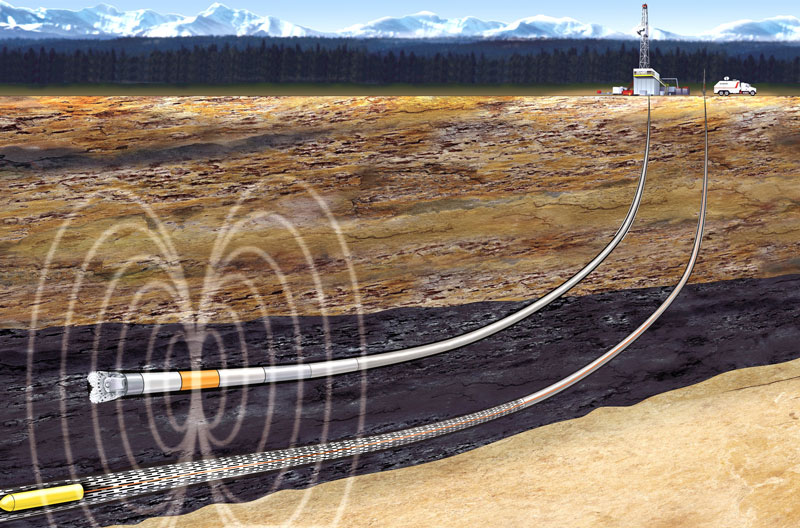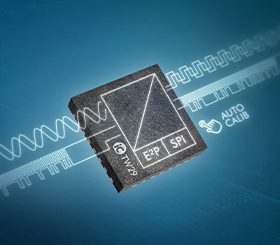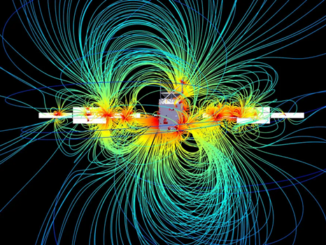
Oilfield service company Halliburton has developed a new downhole drilling motor that provides increased power and performance to complete longer lateral drilling projects faster and with greater control. No stranger to the use of sophisticated magnetics technology for improving results for oil and gas companies, Halliburton is also a leader in providing magnetic ranging services for wellbore accuracy.
Named NitroForce, the new motor is the latest in a line of drilling motors from Halliburton, typically permanent magnet motors with conventional stator design. Each is designed to optimize performance in varying downhole conditions such as toughness and uniformity of strata and direction of drilling.
“As operators focus on greater operational efficiency, we designed a motor with the highest horsepower in the oil and gas industry to drill faster and reduce non-productive time,” said Lamar Duhon, vice president of Halliburton Sperry Drilling. “Using this new motor allows operators to drill more consistent wells to increase their production.”
The motor delivers longer runs with less wear by using new proprietary Charge elastomers and a stronger transmission, power section and bearings that work together to withstand high loads and torque. By extending lateral lengths, operators can increase reservoir contact, minimize trips and reliably complete the curve and lateral in a single run. The motor recently completed a 10,000-foot record run by drilling a 40 percent longer lateral with a 30 percent greater rate of penetration compared to a conventional motor.
Magnetic Ranging

Magnetic ranging is a technique to determine a well’s distance and direction with accuracy. With more than 25 years of experience in providing the service, Halliburton Sperry Drilling’s portfolio of active and passive magnetic ranging technologies pinpoint well placement for applications such as blow-out relief wells, steam-assisted gravity drainage and heavy oil, wellbore intersection, or wellbore avoidance.
Typically, the object is to determine the relative position of two wellbores. Active magnetic ranging services generate a magnetic field, while passive magnetic ranging services rely on the remnant magnetic field of the steel in the target wellbore to generate a magnetic field. Access-dependent solutions depend upon accessing the existing target wellbore to deploy a magnetic source or receiver, while surface-access solutions do not require access to the existing (target) wellbore.
For more info, see www.halliburton.com.



